I think Sicily is one of Italy’s most beautiful, fascinating, and misunderstood places—and based on the reactions to last month’s issue dedicated to the island, it seems that many of you agree. So this week, I’m delving a bit deeper into one of my favorite places on the island: Ortigia.
A tiny island itself, Ortigia is connected to Siracusa, a city in southeastern Sicily, by a couple of bridges. I first visited it as a day trip on my honeymoon, during the week that Marco and I based ourselves in Noto. That’s when I fell in love with it and vowed to return. Last summer, we went back and stayed at Palazzo Artemide, a charming four-star boutique hotel by V Retreats, which runs a handful of other hotels in Italy.
Walking around Ortigia, you can’t help but notice the ornate Baroque churches and palaces. They were constructed in the presiding style of the day after the 1693 earthquake that destroyed many towns around the Val di Noto. Baroque architecture is characterized by drama and grandeur, with elaborate decorative elements like twisting columns, carved figures or friezes, and ceiling frescoes—and all of those are on display at the Duomo in Ortigia, which stands majestically on the expansive Piazza Duomo, where street musicians perform in the evenings.
On the other side of the piazza stands the Chiesa di Santa Lucia alla Badia, a beautiful Baroque church dedicated to Saint Lucy, a young Sicilian woman martyred under the reign of Diocletian. The patron saint of sight, she’s often depicted holding her eyes.
As our guide explained, though, the legend actually states that she vowed to remain a virgin according to the tradition of St. Agatha, but a jealous Roman suitor reported her to the authorities and she was sentenced to be forced into prostitution. However, when they tried to carry her away to the brothel, divine intervention made it impossible to do so. Next, they condemned her to death by fire, but the flames didn’t burn her either. They finally managed to kill her by piercing her neck with a sword.
As I learned on that guided tour, Ortigia is full of myths and legends. Another interesting one relates to the Fonte Aretusa, a freshwater spring that’s the only place in Italy—possibly the only place in Europe—where Egyptian papyrus grows naturally. According to legend, the spring was created when the Greek nymph Arethusa was transformed into a fountain by Artemis in order to escape the advances of the river god Alpheus. Supposedly, Arethusa fled from Greece by way of the sea and emerged here in Ortigia, which was a Greek colony.
Look around and you’ll see vestiges of Ortigia’s Greek past. The Duomo, for example, was built atop a Greek temple dedicated to Athena and you can still see the original Greek columns incorporated into the church’s external wall that spans Via della Minerva. But the most impressive Greek remains in Ortigia can be seen at the Temple of Apollo, which dates back to the 6th century B.C.E. Located just over one of the bridges that leads to the mainland, the ruins are right next to Ortigia’s big outdoor market.
The market is definitely worth a visit. On one side there are vendors selling cheap souvenirs and household goods that aren’t really worth your time, but on the other side you’ll find vendors selling fresh fruit, vegetables, olives, nuts, spices, fresh fish, and so much more.
Both times we went, we ended up bringing home bags full of olives, pistachios, and this incredible tomato stuff that adds something special to your pasta sauce. I’m not sure what it’s called, but it’s essentially sundried tomatoes chopped up into tiny pieces and preserved with loads of olive oil and flavored with a bit of basil. If you go, look for the guy with the large display of dried fruit, olives, nuts, and spices and you’ll find it there.
We also saw tenerumi, a leafy vegetable that’s native to Sicily, being sold at the market stalls. If you see it on menus, definitely order it as you won’t find it elsewhere. It’s also worth stopping by Fratelli Burgio, a gourmet shop on the edge of the market where you can buy local salumi and cheeses like Piacentinu ennese (an aged sheep’s milk cheese with saffron and black peppercorns) or order sandwiches to go, as we did.
We had dinner one evening at Apollonion - Osteria da Carlo, where we sprang for the extremely affordable tasting menu. We couldn’t believe how much food came to the table—oysters, raw shrimp and langoustines, tuna tartare atop pieces of cheese, bruschette, fresh pasta with eggplant, tomato, and swordfish, and a refreshing granita for dessert. And one morning, we went to Voglia Matta for a true Sicilian breakfast of espresso with almond granita and brioche. I recommend pouring the espresso over the granita and dunking the brioche in it.
We were there in late July, so during the day we went to the beach and returned to town in the evenings. There are a couple tiny patches of pebble beach right in Ortigia, but for sandy beaches you have to drive (or take a taxi) outside of town to places like Arenella Beach or Fontane Bianche. We spent a day at Kukua Beach Club and ate the most delicious caponata served cafeteria-style for lunch.
In the evenings, we loved strolling around streets like Via Roma, which is lined with little boutiques selling summer clothes, jewelry, and handmade ceramics. There are so many cute shops. My one regret is that we didn’t have time for an aperitivo at one of the seafront bars like Zefiro. I guess we’ll just have to go back.
Have you been to Ortigia? If so, share your tips with me and other readers in the comments! If not, what else do you want to know?
Further Reading
In case you missed it, be sure to read last month’s issue all about why you should plan a trip to Sicily.
If you go, I recommend Palazzo Artemide, which I reviewed for Italy Magazine’s ‘Inspired Stays’ series.
This blog post by
inspired me to book a table at Apollonion - Osteria da Carlo. Check it out for lots more tips about where to eat in Ortigia. Elizabeth also leads trips to Ortigia and elsewhere in Sicily through her company Via Rosa.Livia Hengel’s Forbes guide to 48 Hours in Ortigia also has useful tips about what to do there.
You can see all of the New Roman Times’ coverage of under-the-radar destinations here.


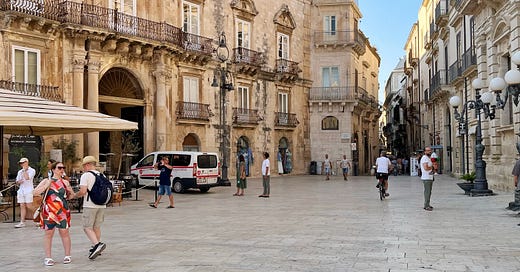



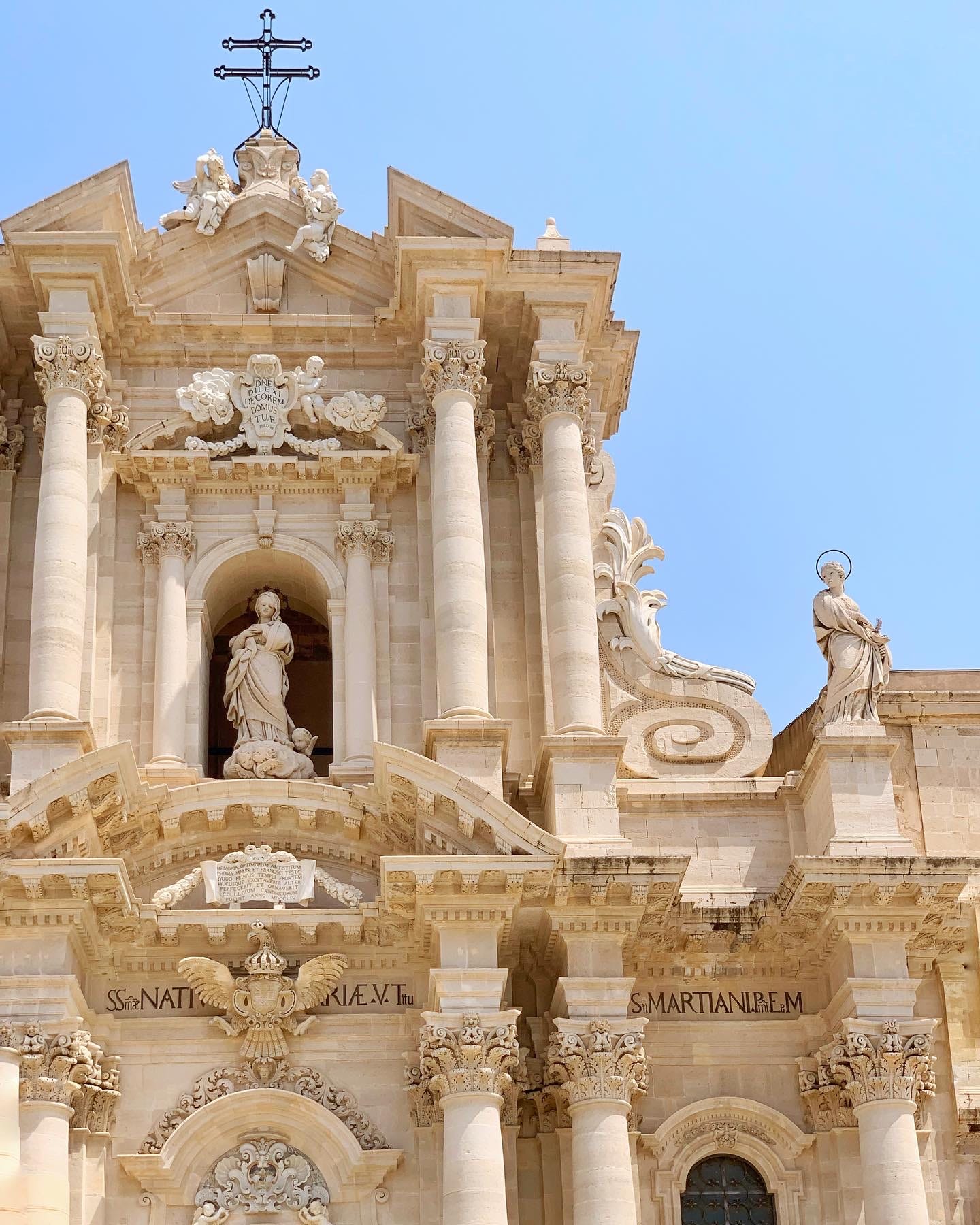
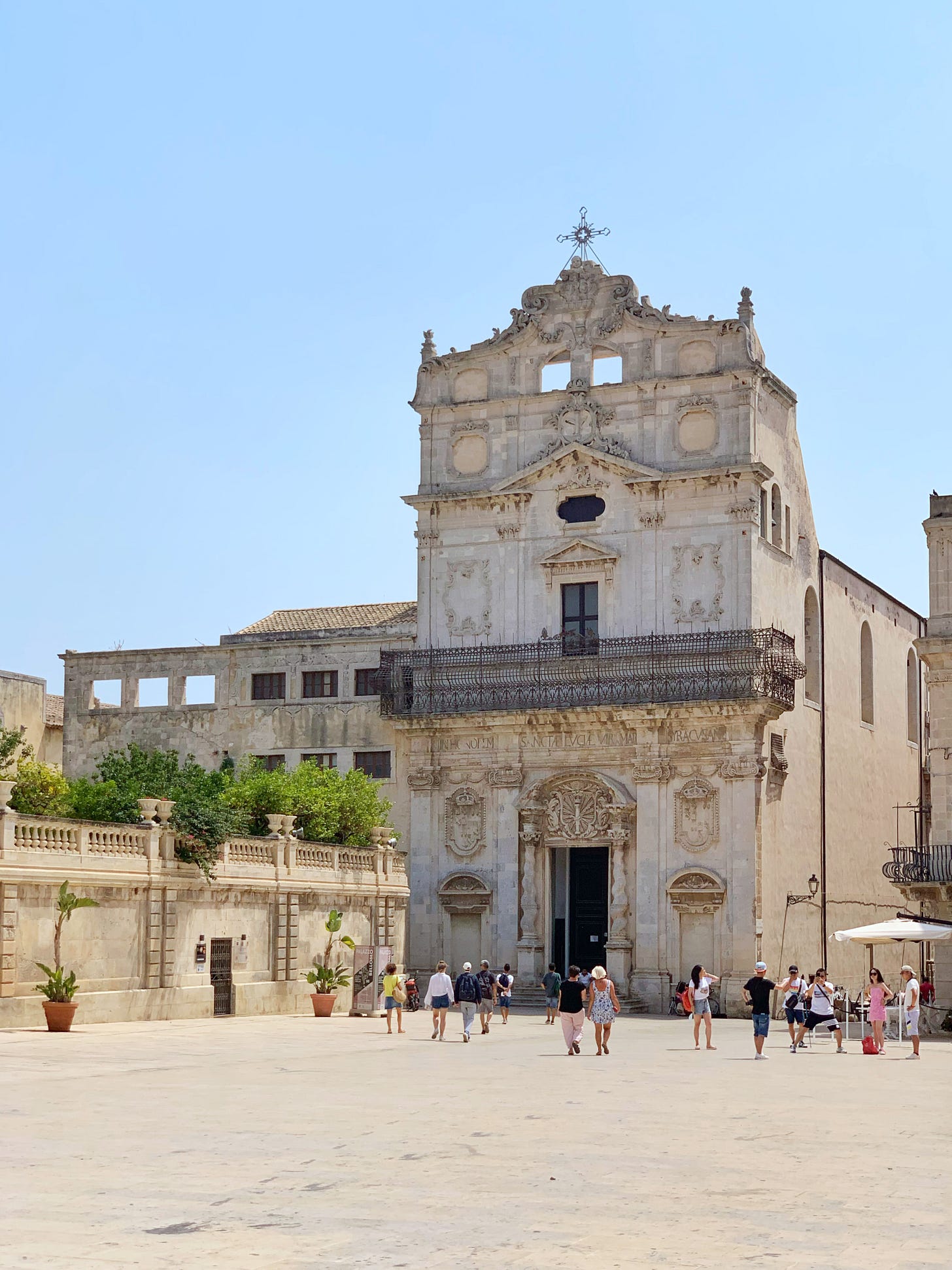
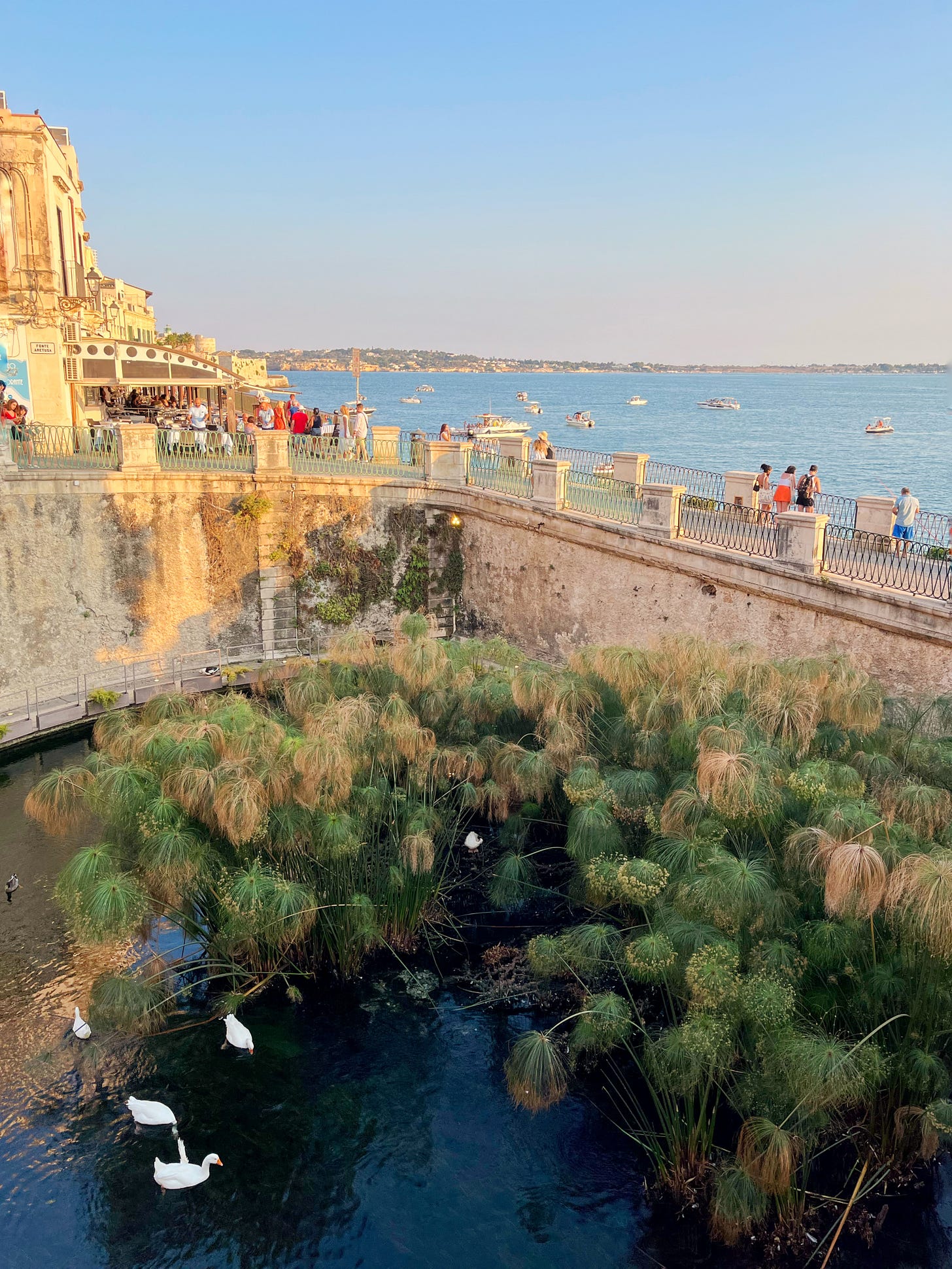
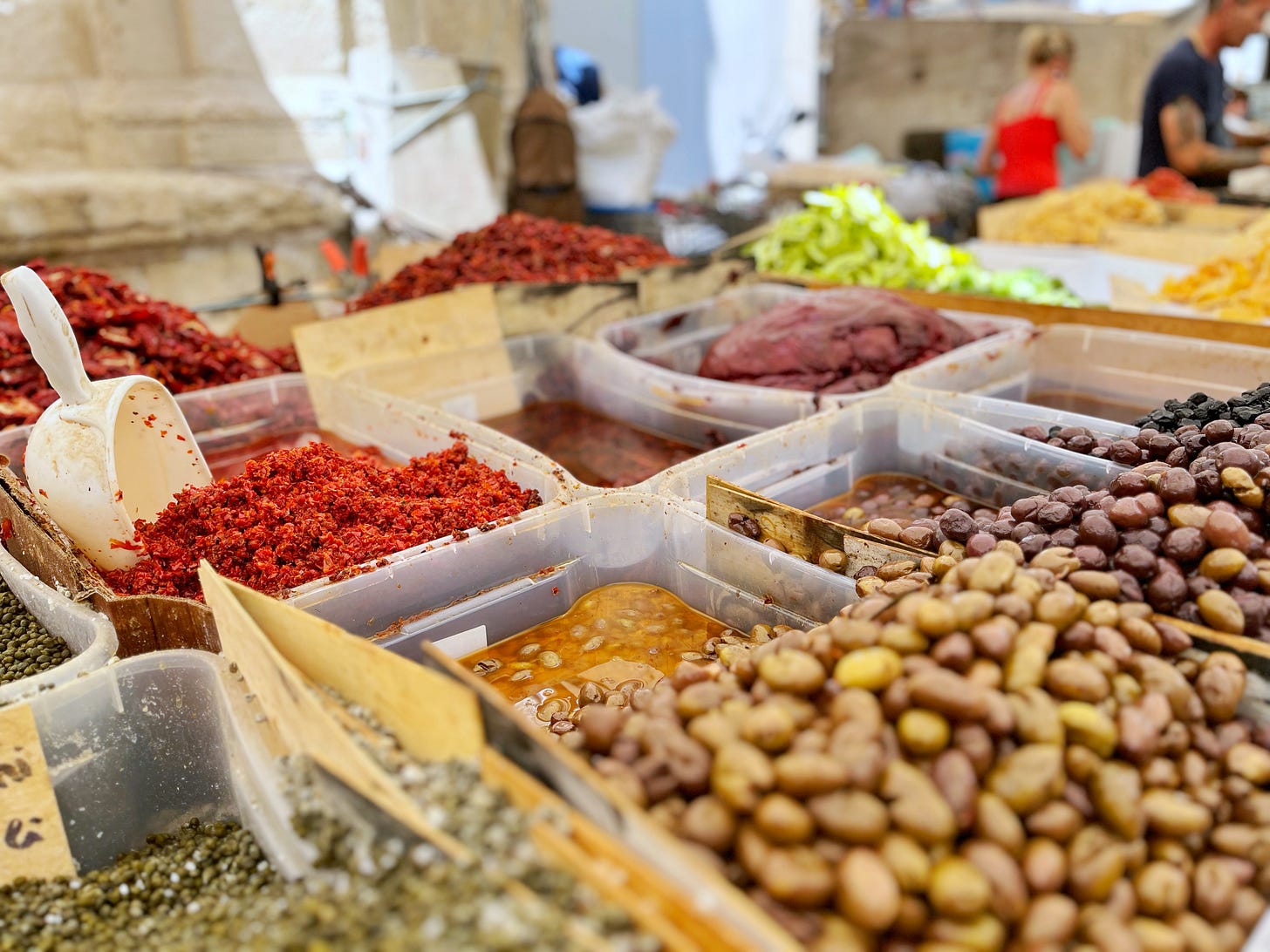
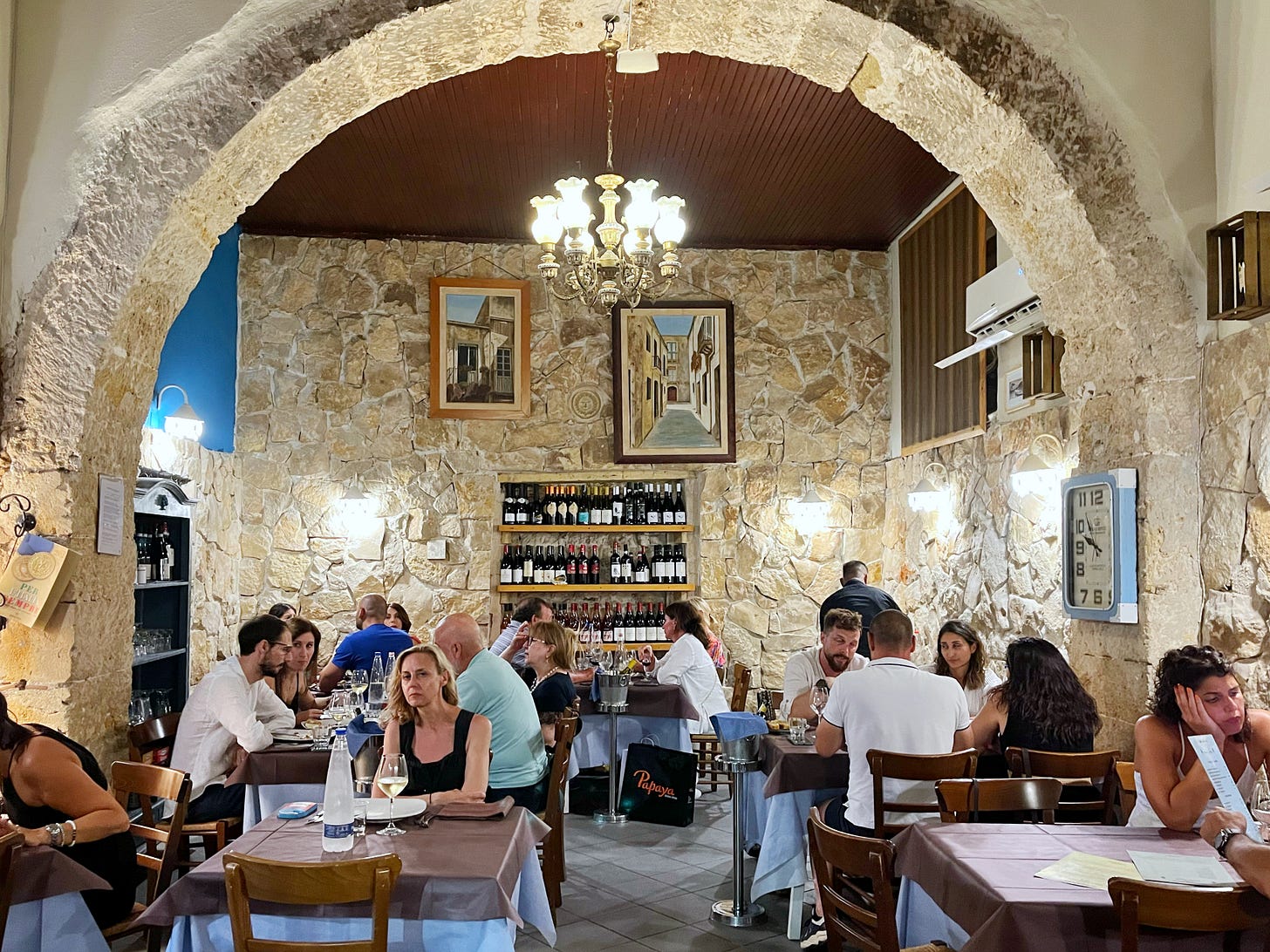
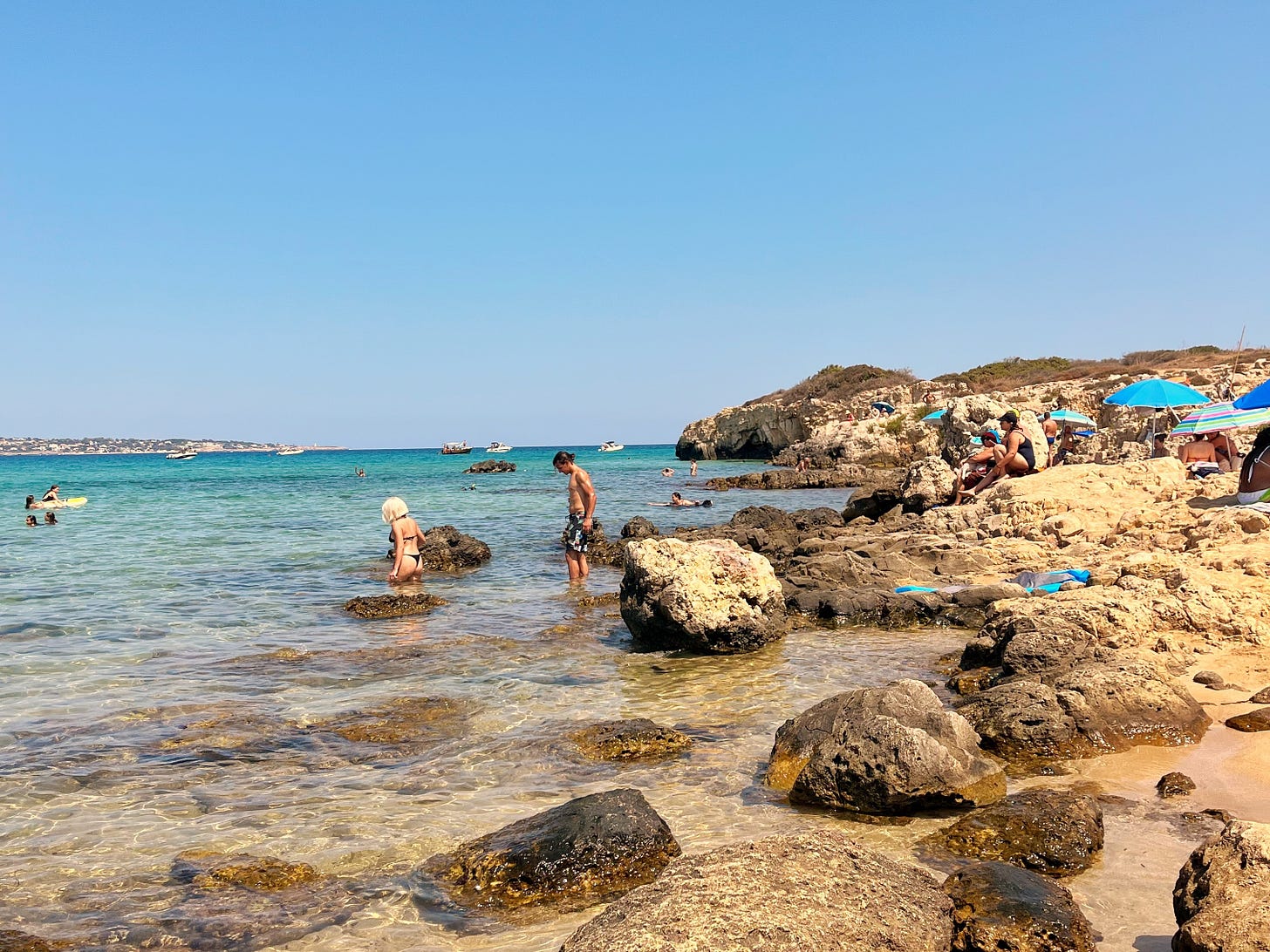
I lived on Ortigia and then on Siracusa proper a few years ago. As beautiful as it is, I got a bit bored and relocated to Palermo, which I adore! Apollonion was my favorite restaurant on Ortigia! And you should check out the Santa Lucia market on Sunday mornings, directly across the Piazza from the church. It’s absolutely incredible; it’s primarily food, but there’s also antiques and housewares. I write about my life and travels on Wisdom She Wrote; I hope you’ll read us soon!
Did you visit the old Jewish baths that were discovered under a hotel in Ortigia?? I think there is still some puzzlement about exactly where the fresh water comes from, both there and at the Aretusa basin where the papyrus grows.